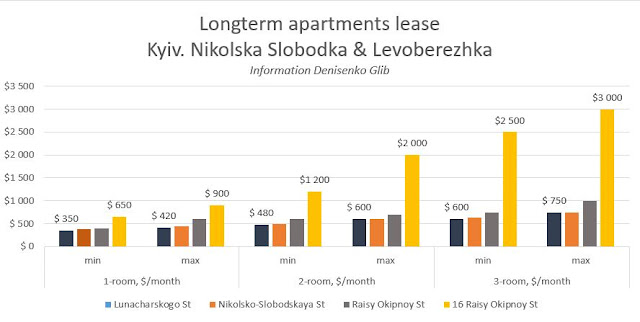On the Specifics of Ukrainian Landlords
The rental market in Ukraine is relatively young and doesn't yet have strict rules of renter-landlord interaction. It's possible because of this, that foreign first-time lessees sometimes find certain things strange. Further on we'll examine the main differences between the Ukrainian and foreign apartment rental market.
Landlords prefer fixed rental prices in euros or dollars.
This fact is easy to explain when you take into account the constant devaluation of the national currency. In signing a long term rental contract, the owner insures themselves from the possible fall of their revenue. Actually, listing rental prices in foreign currency is a violation of Ukraine regulations, and yet, owners continue to find loopholes.
Landlords dislike registering tenants
According to regulations, foreigners who arrive to work in Ukraine need to register their place of residence. It seems like there's nothing difficult about this if you have a lease. However, this problem is deeply rooted in the Soviet past. In the Soviet Union, (and up until 2001 in Ukraine), there was a complicated registration procedure. Government registration was mandatory for all citizens, and we were responsible for any violations.
Registration, far from having one purpose, also functioned as a way to distribute housing, subsidies, medical services, education, military, etc. This way, citizens who were assigned an apartment had claimed to it. Now, it’s become a problem. Regardless of the fact that registration has long been simplified and has a different role in daily life, apartment property owners are reluctant to register their renters, being inclined to believe that this registration somehow gives the lessees their own right to the property. As a matter of fact, in April 2016, the registration process was amended and simplified for both citizens and foreign renters.
Landlords don't ask recommendations from renters.
The rental market is still young enough to form a tradition of asking recommendation letters from lessees. Some landlords don't even understand why they should document all the various rules of the lease, and instead sign one page rental agreements.
Landlords worry about their property
It’s true that the relationship of Ukrainians to their real estate is more trepidatious than, for example, Americans’. For us, real estate is something that we pass on to our children, it’s something that carries weight and is incredibly important. This is probably what explains the lack of popularity of low-quality housing. A house should stand for generations. Because of this, owners expect very careful treatment of their apartments, and are grieved by any damage done to them.
These are probably the main, albeit not the only, specificities of Ukrainian apartment owners.














